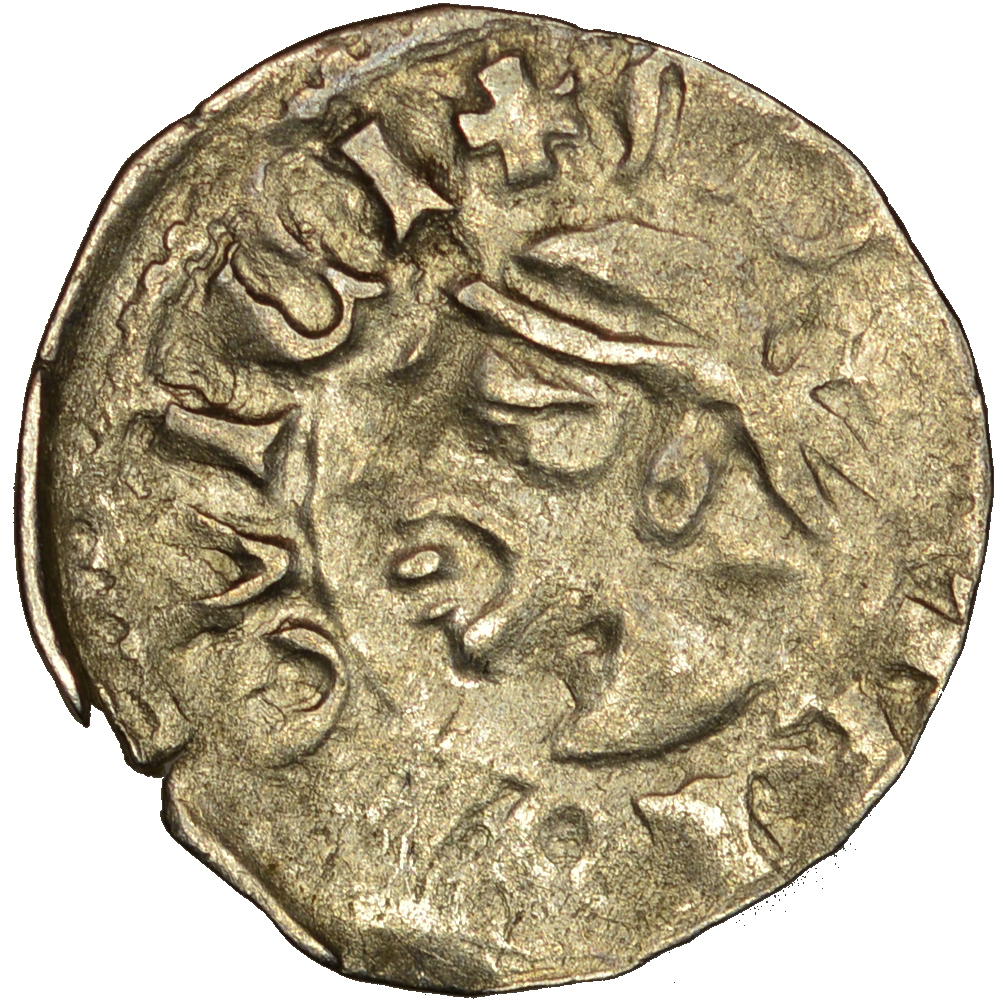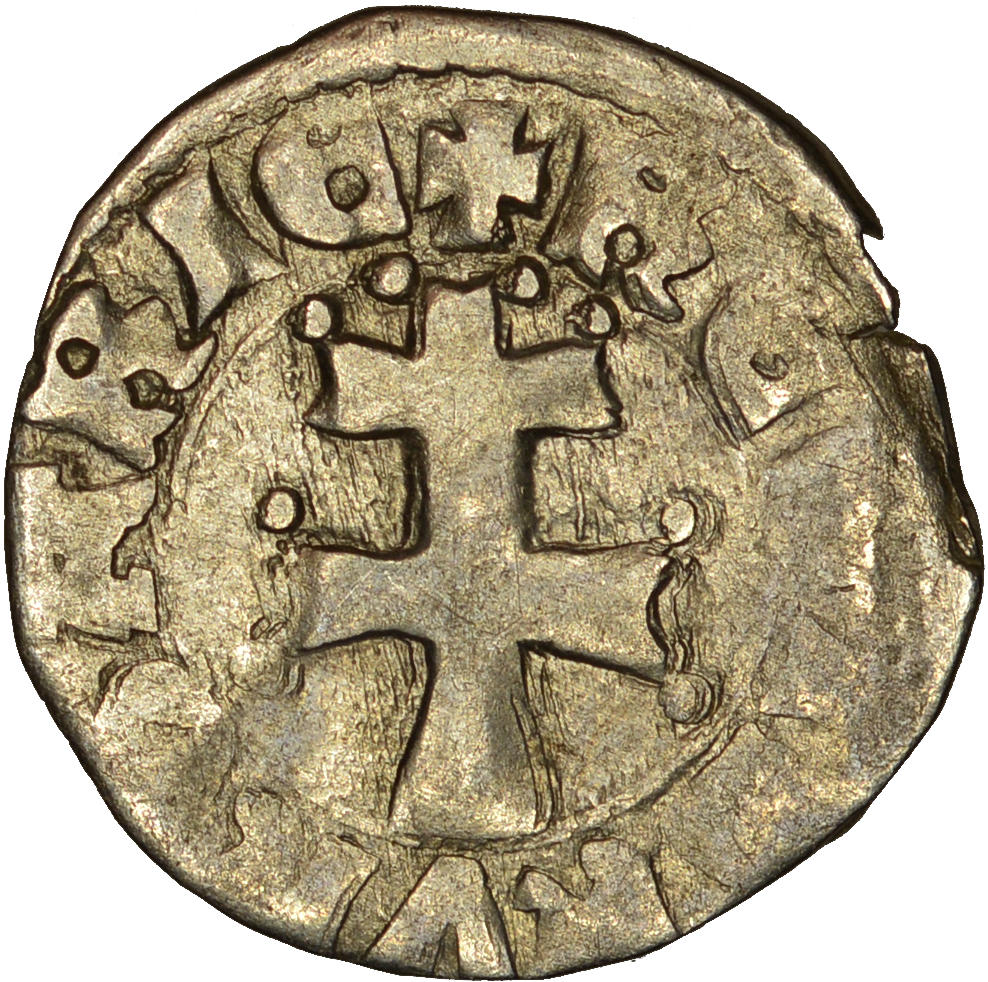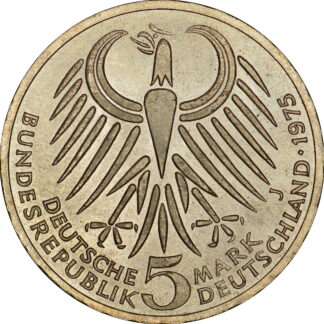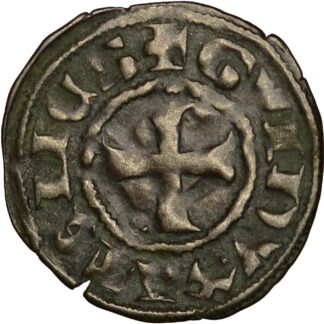Description
From the S.III the territory that Hungary covers today witnessed the passage of numerous peoples. The genuids who had been vassals of the Hunos created a kingdom in the Carpats. Other villages passed through the area, and the greedy created the khaganate that would dominate the region for a couple of centuries. Carlomagno defeated the greed in several campaigns and in the S.IX the first Bulgaro Empire. At the end of the S.IX, the Hungarian Unified under Arpad (according to the descendant legend of Atila), settled in the area. This Hungarian Principality of Seminomed Peoples is Christianized in the S.X. Esteban I was the first king of Hungary, with whom the kingdom was recognized as Catholic and Apostolic, receiving the papacy”s crown. In 1006, Esteban consolidated his power turning the kingdom into a European feudal state and adopting Latin as the language of the administration. With Ladislao I, the kingdom expanded rapidly, conquering Transylvania and Croatia, forming the personal union with this kingdom. The most important king of the Arpad dynasty was Bela III who had income higher than the French or English kings of the moment. Andrés II led the Holy Land Crusade of 1217 and its 1222 gold bull, was the first constitution of continental Europe. Bela IV integrated in the kingdom to the Cuman and the Yasic people, who fled from the Mongol advance, fully assimilating over the centuries. After the Mongola withdrawal, Bela ordered the construction of a large number of castles. When the Mongols returned in 1285, fortifications and new tactics, could easily stop the forces of Ladislao IV. After a complicated interregno at the beginning of the 19th century, the first Angevino King, Carlos I, arrived, who restored order and real power. The second king of this dynasty, Luis the Great, carried out numerous successful campaigns and became King of Poland in 1370. When he died without heir in 1382, the country did not stabilize until the arrival of the throne of Segismundo de Luxembourg in 1387 , who in 1433 would also become emperor of the Holy Empire. The last great medieval king was Matías Corvino, of a noble family, but without dynastic ancestors. He was able to beat the Ottoman troops, and was considered just by the servants, to fight them from the excesses of the magnates. When he died without heirs, the magnates chose the Polish Vladislao II, who would again transfer much of power to the nobility. A brutally crushed servant revolt by these, would undermine the internal order and open the way for Ottoman growth. These won a great victory in Mohacs, killing the king and part of the nobility, which divided two kings. This would be the end of the old kingdom of Hungary.






Reviews
There are no reviews yet.